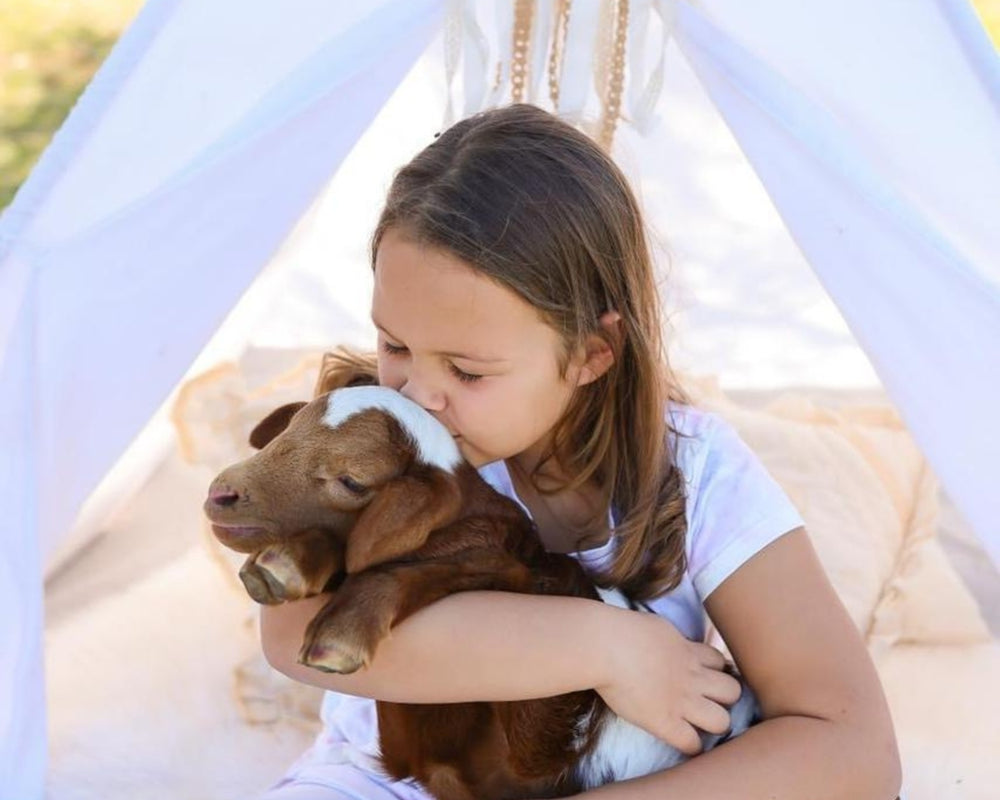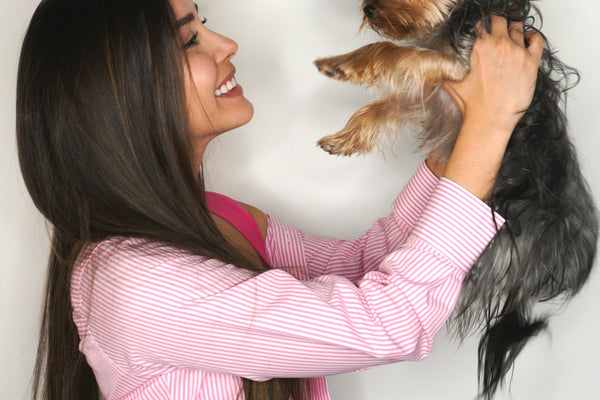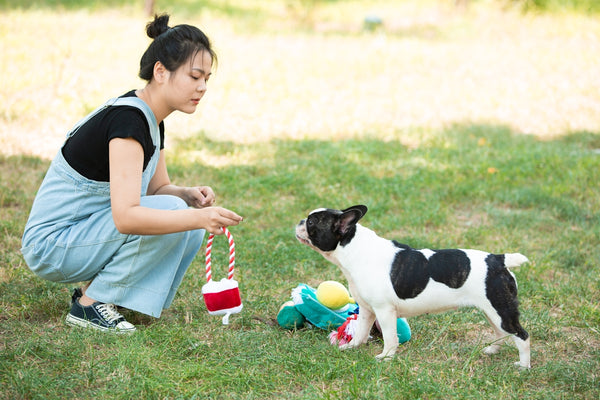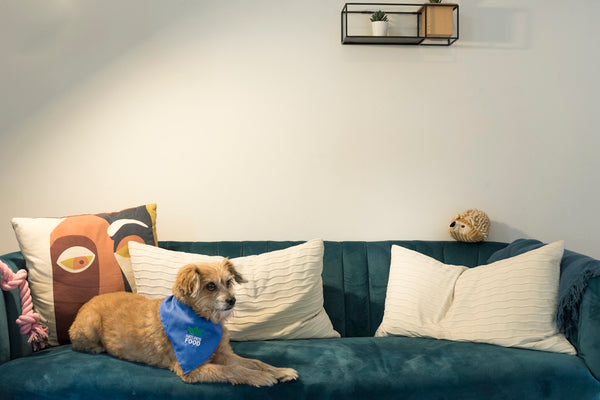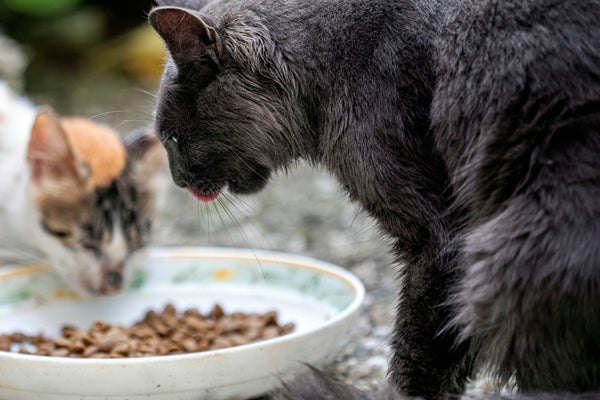In the world of pet care, grooming practices have evolved dramatically from historical times to our modern-day approaches. By understanding this rich history, we gain insights into how we can better care for our pets today. This blog post will journey through the past, examining the various phases of pet grooming, and explore what these changes mean for pet care in the contemporary world.
Early Beginnings of Pet Grooming
Ancient Civilizations
The bond between humans and animals dates back thousands of years, with the earliest evidence of pet grooming found in ancient civilizations. In Egypt, dogs were highly revered, and their grooming was considered essential. Egyptians are known to have bathed and perfumed their dogs, utilizing natural oils for both fragrance and fur health. The use of natural ingredients like olive oil and herbs laid the foundation for grooming products that are still valued today.
Medieval Times
During the medieval era, grooming practices shifted as pets became more embedded in the daily lives of the nobility. Dogs were symbols of status, often groomed meticulously to reflect their owner's prestige. Brushing and trimming became common, with early forms of grooming scissors making their appearance. This era saw the importance of appearance beginning to outweigh the functional purpose of grooming, a concept that continues to influence today's grooming standards.
The Rise of Organized Grooming
The 19th Century: An Era of Change
With the industrial revolution, the 19th century brought about significant change in pet grooming. Specialized tools started to emerge, and grooming began to formalize as a profession. The first dog grooming salons appeared, marking an era where pet grooming became accessible to a wider audience. This shift not only brought about a higher standard of care but also a realization of grooming's impact on pet health and well-being.
The 20th Century: Grooming for All
In the 20th century, pet grooming expanded across all classes. World War II saw a temporary decline in pet grooming services, but the post-war era witnessed a surge in popularity. Grooming routines became more standardized, with shampoos and conditioners specifically designed for pets. This period also marked the start of using electric clippers, revolutionizing grooming practices and reducing the time and effort required.
Modern-Day Grooming Practices
Technological Advancements
Today, grooming embraces advanced technology and an even greater focus on health. Innovations such as clipper vacuums reduce stress for both pets and groomers, while grooming tubs with built-in controls enhance pet comfort. Moreover, products are now formulated to be environmentally friendly, aligning with increasing consumer awareness about sustainability.
Rectangular Pet Sofa Bed Thickened Mattress offers a comfortable resting place for pets after a grooming session, highlighting the modern emphasis on post-grooming relaxation.
Health and Safety
Modern grooming is heavily centered around health, recognizing its role in early detection of medical issues. Groomers are now trained to identify skin conditions or infections, serving as the first line of defense in pet health maintenance. Grooming has become much more than aesthetics; it's part of a holistic approach to pet care.
Basic Classic Luxury Padded Leather Dog and Cats Collar exemplifies the blend of style and comfort, ensuring pets remain both classy and comfortable in modern grooming practice.
What This Evolution Means Today
Personalization and Expression
Grooming today serves as an expression of individuality for both the pet and the owner. Creative grooming, which includes pet styling with dyes and trims, has carved out a niche market. It provides a platform for owners to display their pet's personality, linking grooming practices with pet fashion, as seen with the rise in designer pet accessories.
Enhanced Well-being
Grooming continues to contribute significantly to pet health, playing a vital role in an animal's overall well-being. Regular grooming reduces the risk of various skin diseases and improves circulation. The practice has become an integral part of nurturing happy, healthy pets.
For example, a suitable resting environment such as the Dog Cat Nest Cartoon Pet Bed Winter Mattress Pet Supplies complements good grooming by supporting a pet's comfort and coziness.
Future of Pet Grooming
Sustainable Practices
As environmental consciousness grows, the future of pet grooming will undoubtedly involve a stronger focus on sustainability. Biodegradable products and eco-friendly packaging are the new benchmarks, encouraging groomers and pet owners alike to make environmentally positive choices.
Technological Integration
The grooming industry will continue to evolve with technology, integrating smart devices that monitor a pet’s health metrics during grooming. GPS-enabled collars, like the Tracker GPS Protective Case Pet Dog Anti-Lost Collar, already provide safety beyond the grooming table, signifying how multi-faceted care will become.
Conclusion
The historical evolution of pet grooming sheds light on how far we've come, from the simplistic yet significant practices of ancient civilizations to the modern-day standards that blend aesthetics with health. As we continue to prioritize the well-being of our pets, embracing these trends ensures we are providing the best care possible, ever mindful of our impact on the planet. Visit My Pet Collective for a wide range of products that reflect the latest advancements in pet care, ensuring your trusted companions receive the nurturing they deserve.
